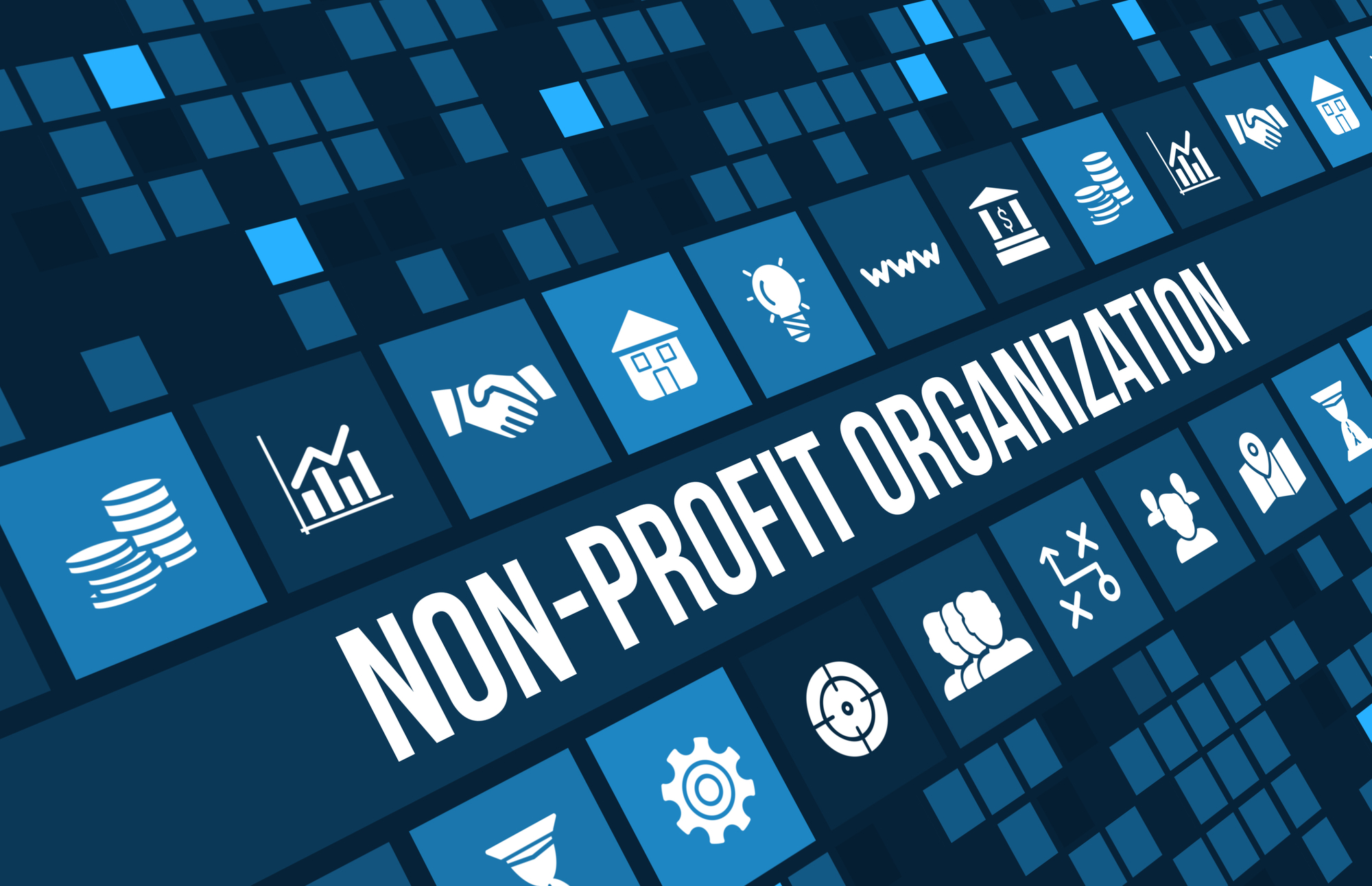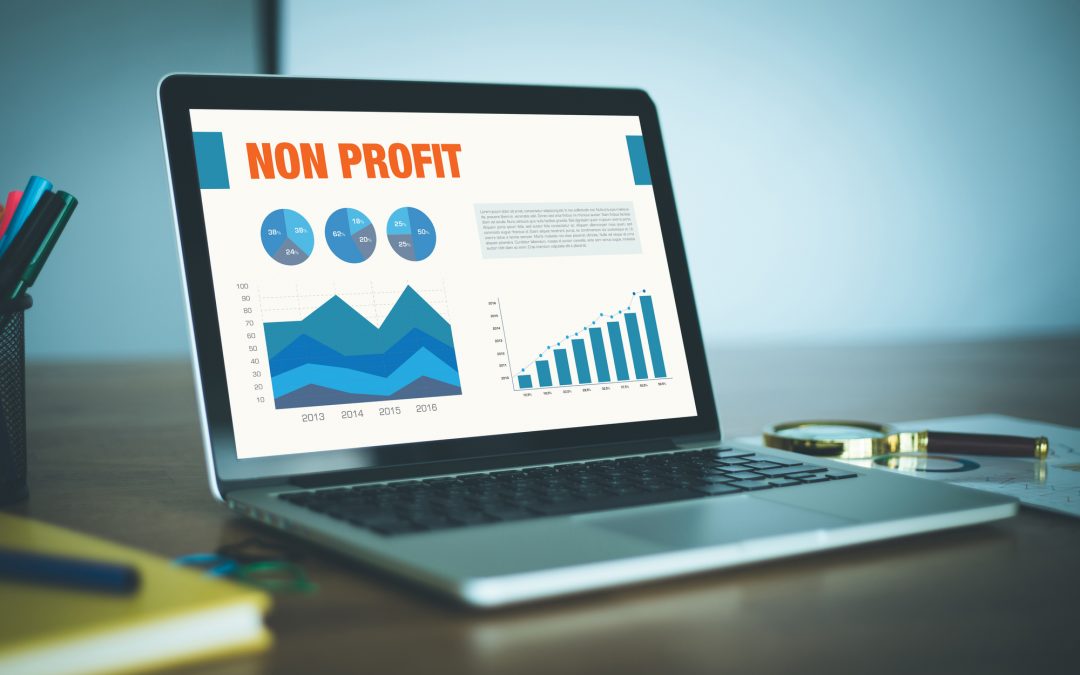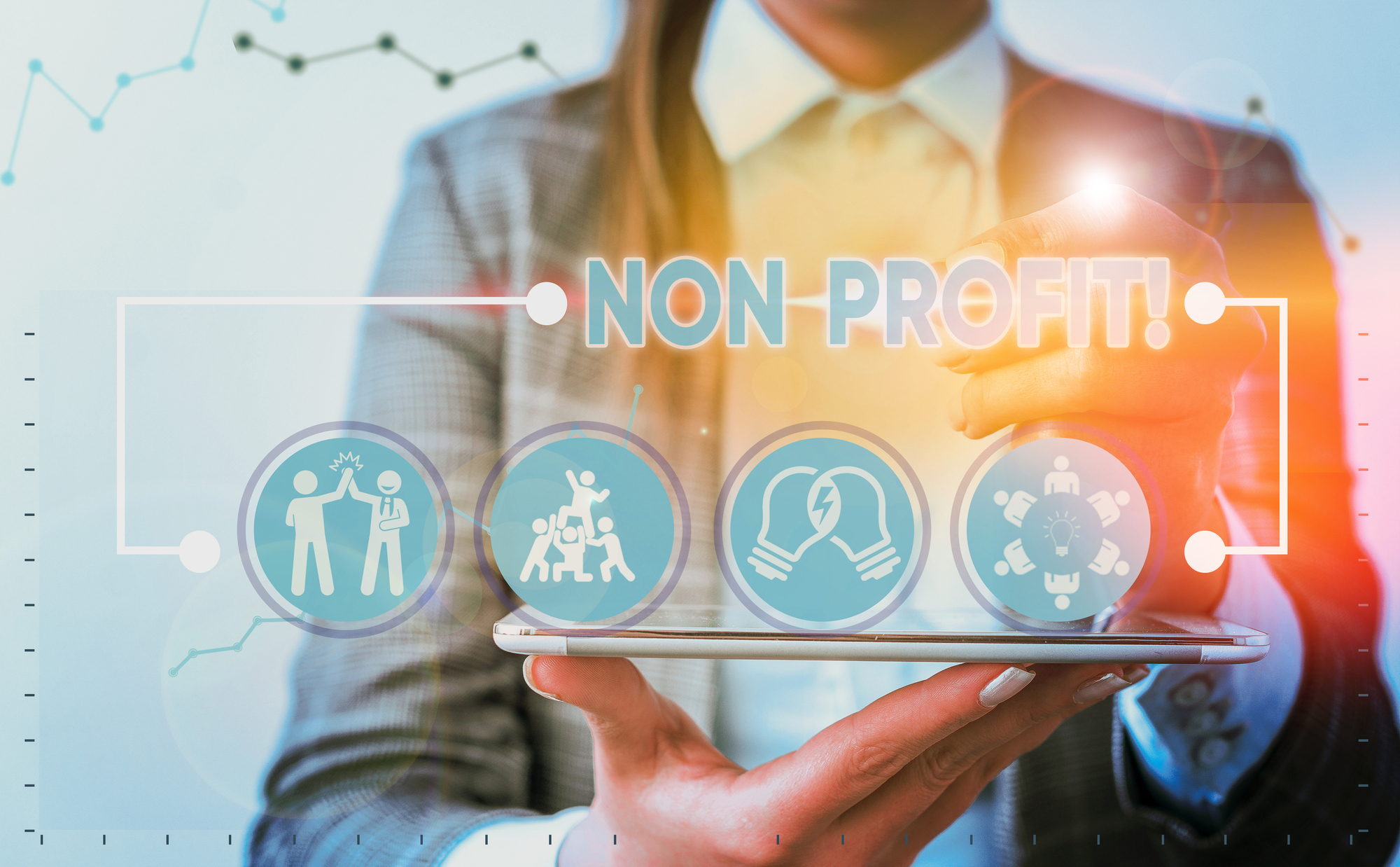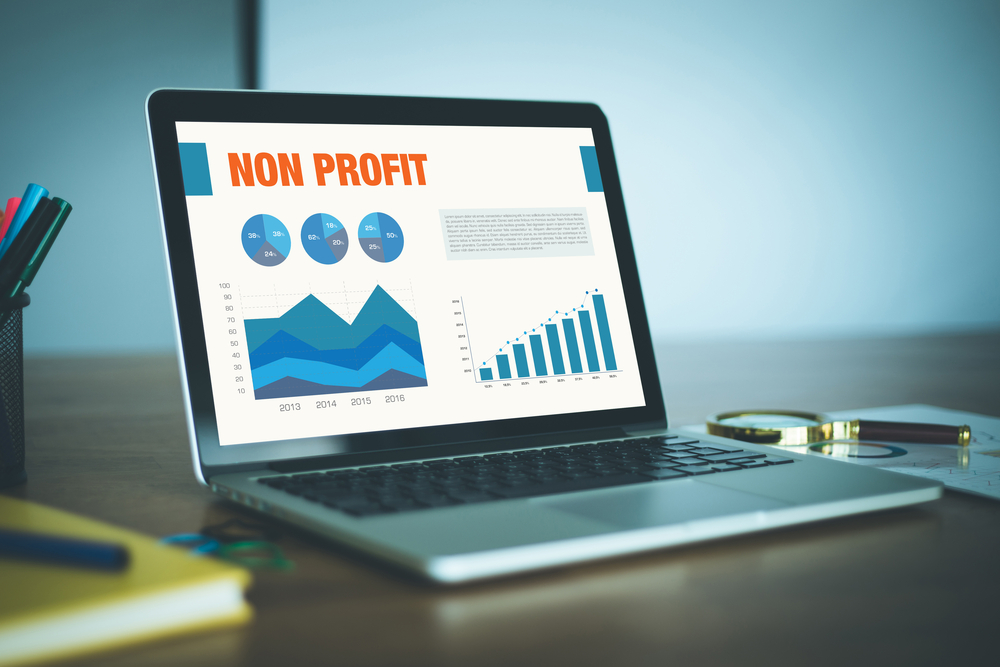Why There’s an Increase in Non-Profit Cybersecurity Attacks These Days: All You Need to Know
Cybersecurity attacks are growing rapidly, but what’s shocking is how frequently they target non-profits.
If your company is a non-profit, you probably have a tight budget and few tools to defend against cyberattacks. However, if you don’t have the right security measures in place, your business may be vulnerable to hostile assaults and data breaches.
In this article, we’ll discuss why there’s an increase in non-profit cybersecurity attacks these days and what you can do about it.

1. Cyber-criminals easily get away with their crimes
The first reason why there’s an increase in non-profit cybersecurity attacks these days is that it’s easier than ever for cybercriminals to get away with their actions. This is because most organizations don’t take non-profit cybersecurity attacks seriously enough and they don’t know what they need to do to prevent such attacks from happening again in the future.
2. They’re not as secure as they should be
Non-profit organizations don’t have the same level of security as other businesses, which is another factor contributing to the rise in nonprofit cybersecurity attacks. Additionally, they have less budget for it and fewer tools at their disposal to deal with any threats. This exposes them to non-profit cybersecurity attacks from hackers who want to take private information or hold it hostage until the organization pays a ransom.
3. Non-profit workers lack proper training
Many non-profit organizations don’t have enough funds to adequately train their employees on cybersecurity best practices — even though these are essential in protecting sensitive data from hackers. Because of this lack of training, most non-profit employees aren’t aware of online threats or how to avoid them — especially if there aren’t policies in place at their organization about what employees can and cannot do online (such as opening suspicious emails).
4. Many nonprofits are still using old software and operating systems
Nonprofits often don’t have the money to update their systems and software, so they continue using old versions of Windows or other operating systems that are no longer supported by their vendors. This can leave them vulnerable to breaches.
5. Nonprofits don’t take cybersecurity seriously
Another factor contributing to this increase in non-profit cybersecurity attacks is that many nonprofits do not take cybersecurity seriously enough and fail to implement adequate security measures when running their operations online. As a result, they become vulnerable targets for hackers who want to access sensitive data or steal money from them through fraudulent means such as phishing scams or ransomware attacks (i.e., where attackers lock down your computer until you pay up).
6. They have high-value data
Another reason why many nonprofits are susceptible to non-profit cybersecurity attacks is the high-value data they possess. Nonprofits collect sensitive personal information from donors and volunteers. This includes credit card details and other financial information that can be misused if it falls into the wrong hands. Hackers can use this information to commit identity theft or credit card fraud, which is a very lucrative activity for them. In addition, they may also sell this data on the dark web or use it themselves to make purchases online using stolen credit cards.
7. Lack of resources
Non-profit organizations have limited resources and very little funding for security measures such as antivirus software or firewalls. This makes it difficult for them to protect their systems from external threats like viruses or malware infections that can cause damage over time if left unchecked.
8. Lack of security awareness
Nonprofits are often not aware of the risks involved with cyber security. They may not take it seriously until it’s too late. They don’t know that the step toward preventing non-profit cybersecurity attacks is to be aware of its risks and vulnerabilities, and how they can prevent them from happening to their organizations.
9. They have no security measures in place
Non-profits usually do not invest much in cybersecurity because they don’t have enough funds to do it. Also, since these organizations deal with sensitive data, there is no motivation for them to invest in cybersecurity measures unless there are already a target of a non-profit cybersecurity attack.
10. They don’t have a plan for disaster recovery
It’s important for every organization — including non-profits — to have a plan for disaster recovery in place so that they can quickly recover data if their systems get hacked or damaged by another type of disaster (such as a flood or fire). But most non-profit organizations don’t take this step seriously enough until it’s too late and their data has already been damaged beyond repair.
What can non-profits do to prevent cybersecurity attacks
Here are some things nonprofits can do to prevent non-profit cybersecurity attacks:
- Educate your staff on cybersecurity threats: Ensure all staff members are aware of the risks associated with using email and other communication tools such as social media platforms (e.g., Facebook). Ensure they know how to identify phishing emails so they don’t click on links or attachments that could potentially infect their devices with malware.
- Use strong passwords and change them frequently. This should be done for all accounts, including email, social media, and financial accounts.
- Use two-factor authentication whenever possible. This means that when you log into an account, you’ll have to type in a code sent to your phone in addition to your password. This makes it harder for someone else to access your account even if they know what your password is
- Make sure all software on your computer is up-to-date and install security software such as antivirus programs and firewalls. Many free versions of these programs are available online — look for one that offers good protection at no cost (some may require a paid upgrade).
Conclusion
It’s no secret that there has been a rise in non-profit cybersecurity attacks. The reason for this high rate is simple — nonprofits are more vulnerable than most businesses because they don’t have the same kind of resources that larger organizations have. This includes money, staff, and technology.
Nonprofit organizations are often smaller than businesses and have less money to invest in their IT systems and security measures. They also don’t have as much experience dealing with cyber threats — meaning they’re less likely to know how to deal with them when they happen.
You need to take several preventive measures if you don’t want your organization to be vulnerable to non-profit cybersecurity attacks.










